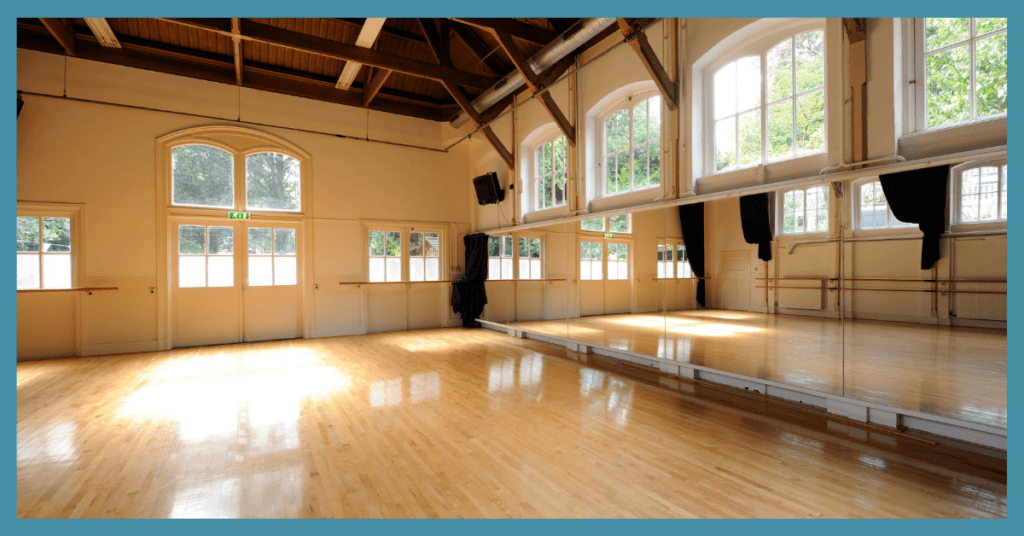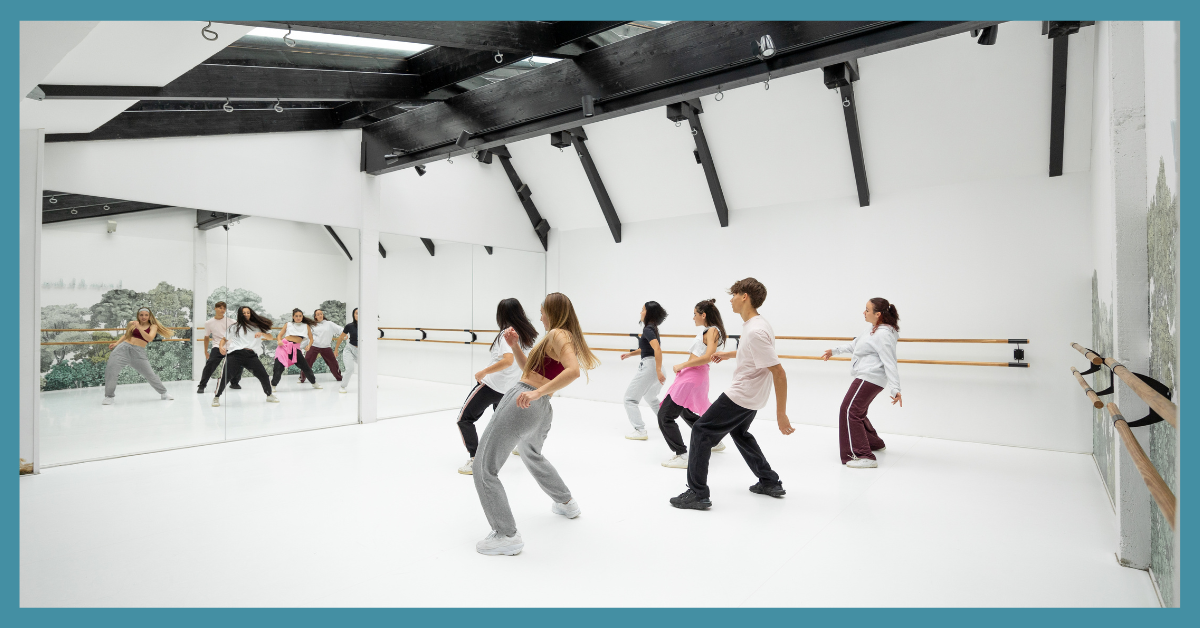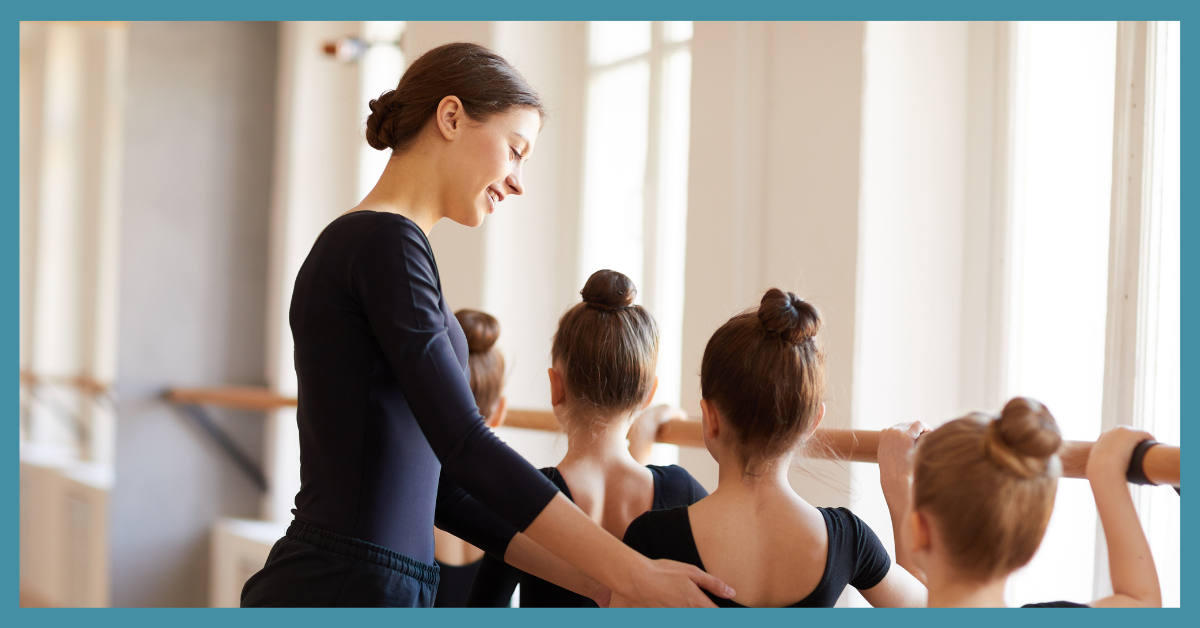Why Dance Qualifications Are Essential for Dance Teachers in the UK

Being a dance teacher is a rewarding and fulfilling career, but it’s important to have the right qualifications to teach dance safely, effectively, and professionally. In this article, we’ll explore why obtaining dance qualifications is so important for dance teachers working in the UK.
Why Are Dance Qualifications Important?
1. Ensuring Safety
Having the right qualifications is essential to teach dance safely. Dance can be a physically demanding activity, so teachers must have a good understanding of anatomy and injury prevention to keep their students safe. In addition, obtaining qualifications in dance education equips teachers with the knowledge to design safe and effective lesson plans.
2. Teaching Effectively
Another important reason to obtain dance qualifications is to teach effectively. When you have a good understanding of different dance styles, teaching methods, and practices, you can create engaging and effective lessons that cater to your students’ needs.
3. Building Credibility and Professionalism
Having dance qualifications also establishes credibility and professionalism as a teacher. When potential students and parents see that you are qualified, they are more likely to trust in your ability to provide a high-quality dance education.
What Dance Qualifications Do I Need?
Typically, there are four levels of qualifications for many Ballroom, Latin, Freestyle, and Street dance styles:
• Provisional/Student Teacher
• Associate
• Licentiate
• Fellowship
Note: For Ballet, Tap, and other genres, qualification levels may differ slightly but follow a similar tiered structure.
Where Can I Obtain Dance Qualifications?
Many aspiring teachers can train at the dance centres they have attended throughout their careers. In the UK, there are highly qualified teachers who offer training—either through courses or weekly private lessons. This hands-on experience is invaluable, as you can often practice teaching by assisting in classes and gaining real-world experience.
Alternatively, many established teachers now offer online courses, which can be tailored to meet specific syllabus requirements.
Who Are the Examining Bodies?
There are many organisations and associations that provide professional qualifications for dance teachers, including:
• Allied Dancing Association (ADA)
• Associated Board of Dance (ABD)
• British Association of Teachers of Dancing (BATD)
• British Ballet Organisation (BBO)
• International Dance Teachers Association (IDTA)
• Imperial Society of Teachers of Dancing (ISTD)
• National Association of Teachers of Dancing (NATD)
• Northern Counties Dance Teachers Association (NCDTA)
• Scottish Dance Teachers Alliance (SDTA)
• United Kingdom Alliance Ltd (UKA)
• Welsh Alliance of Professional Teachers of Dancing (WAPTD)
• Royal Academy of Dance (RAD)
These organisations provide a variety of qualifications that cover different dance styles and levels, ranging from Provisional Member to Fellow and Examiner.
Continuing Professional Development (CPD)
Once you have obtained your dance teaching qualifications, it is important to continue developing your skills and knowledge. Continuing Professional Development (CPD) ensures that you stay up to date with the latest teaching methods, industry standards, and best practices.
Many dance organisations offer CPD courses and workshops designed to help teachers refine their techniques, expand their knowledge, and gain certifications in new areas. CPD is often required to maintain membership with professional dance associations and to ensure that teachers meet the highest standards of instruction.
Some of the benefits of CPD include:
• Keeping up with industry trends – Dance styles and teaching methods evolve over time. CPD ensures you stay informed about new techniques, technologies, and best practices in dance education.
• Enhancing teaching skills – Workshops and advanced training sessions provide opportunities to improve teaching strategies, choreography skills, and student engagement techniques.
• Meeting insurance and membership requirements – Many professional organisations and insurance providers require dance teachers to complete CPD as part of their membership renewal.
• Networking opportunities – Attending CPD events allows dance teachers to connect with other professionals, share knowledge, and learn from industry leaders.
CPD courses can cover a variety of topics, including injury prevention, biomechanics, business management for dance teachers, and specific syllabus training. Many courses are now available online, making it easier for teachers to continue learning while balancing their teaching commitments.
Fitness Qualifications
In addition to traditional dance teaching qualifications, some instructors may also need fitness certifications, particularly if they teach dance fitness classes such as Zumba, Barre, or Aerobic Dance. In the UK, if a dance class is marketed as a fitness-based activity, teachers may be required to hold additional qualifications in the fitness industry to comply with regulations and insurance policies.
The most common fitness qualifications include:
• Level 2 Gym Instructor Certification – This is an entry-level qualification for those looking to teach general fitness classes. It covers the basics of exercise programming, anatomy, and safety.
• Diploma in Personal Training – This is a more advanced qualification that enables instructors to design personalised fitness programs, which can be useful for dance teachers who work with private clients or specialise in strength and conditioning for dancers.
• Specialist Certifications – Additional training in Pilates, Yoga, or Strength and Conditioning can be valuable for dance teachers looking to broaden their offerings.
By obtaining a fitness qualification, dance teachers can enhance their credibility, diversify their class offerings, and ensure they meet industry regulations when teaching dance fitness classes.
Specialist Courses
Other online courses are available for additional qualifications, such as Mini Movers Dance, a specialist early years program designed for teachers working with preschool-aged children. It focuses on movement, rhythm, and coordination through storytelling, music, and creative play.
This course helps teachers develop structured lesson plans tailored to young children, incorporating engaging teaching methods that support motor skills, confidence, and social interaction. It also offers a great opportunity to expand class offerings, attract new students, and contribute to Continuing Professional Development (CPD).
Mini Movers Dance is ideal for dance teachers, studios, and schools looking to introduce fun, developmentally appropriate dance classes for early years learners.
Summary
Obtaining dance qualifications is essential for any dance teacher who wishes to teach safely, effectively, and professionally. Not only do formal qualifications provide the necessary knowledge and skills to structure engaging and safe lessons, but they also enhance credibility, build trust with students and parents, and expand career opportunities.
Beyond the initial qualification, ongoing development through CPD, fitness certifications, and specialist courses ensures that teachers remain at the forefront of the industry, continually improving their skills and adapting to new teaching methodologies.
Whether you are starting your journey as a dance teacher or looking to enhance your existing credentials, investing in the right training and qualifications will set you apart and ensure long-term success in the dance education field.






Responses